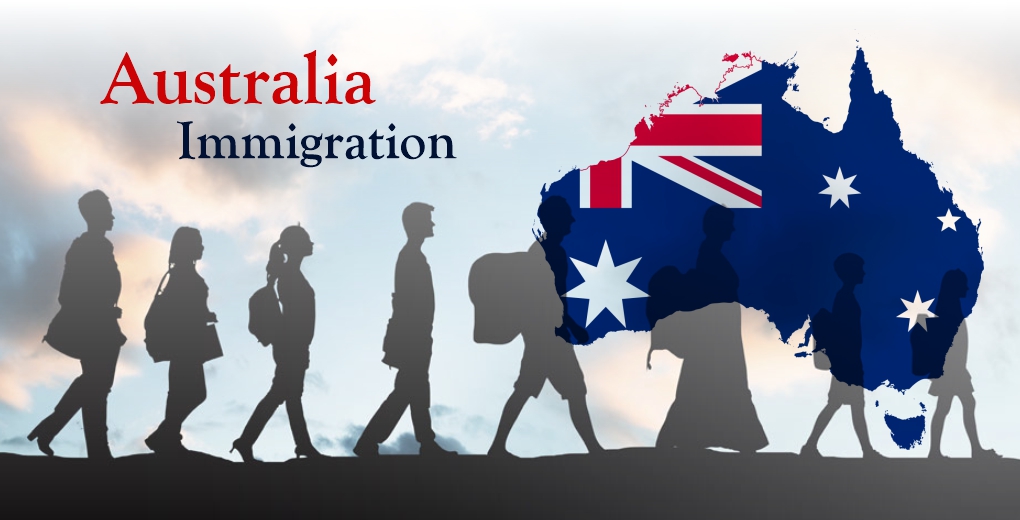
Australia Immigration
Allows nominated skilled workers to measure and work/study anywhere in Australia as permanent residents. just like the subclass 189, to be ready to apply for subclass 190 you want to have received a call for participation to use. English test scores also will be required. Becoming a citizen by conferral may be a common thanks to applying to become an Australian citizen. you would like to be an Australian permanent resident or eligible New Zealand citizen and meet certain criteria before you’ll apply. If it’s one among the skilled migration visas just like the subclass 189 or 190, which are for Australian permanent residency then 50 is the regulation. If the Australian government pursued that approach nobody in their 30s or beyond would have any chance of emigrating to Australia so, fortunately, the regulation is what it is.
Unless you’ve got significant experience in your occupation, profession, or Skilled Trade it’s virtually impossible to maneuver to Australia with no qualifications unless you happen to be the partner of an Australian Citizen or Permanent Resident and emigrate on an Australian Partner Visa. Living costs in Australia for one person: $2,835 per month. Average living expenses for a couple: $4,118 per month. Average monthly living expenses for a family of 4: $5,378.
The immigration history of Australia began with the initial human migration to the continent around 80,000 years ago when the ancestors of Aboriginal Australians arrived on the continent via the islands of Maritime Southeast Asia and New Guinea. From the first 17th century onwards, the continent experienced the primary coastal landings and exploration by European explorers. Permanent European settlement began in 1788 with the establishment of a British penal institution in New South Wales. From the early federation in 1901, Australia maintained the White Australia Policy, which was abolished after war II, heralding the fashionable era of multiculturalism in Australia. From the late 1970s, there was a big increase in immigration from Asian and other non-European countries.
The first inhabitants in Australia were the ancestors of these indigenous people. Whether these first migrations involved one or several successive waves and distinct peoples remains subject to academic debate, as is its timing. The minimum widely accepted time-frame places the presence of humans in Australia at 40,000 to 43,000 years Before Present (BP), while the upper range supported by others is 60,000 to 70,000 years BP.
The discovery of gold, beginning in 1851 first near Bathurst in New South Wales then within the newly formed colony of Victoria, transformed Australia economically, politically, and demographically. The gold rushes occurred hard on the heels of a serious worldwide economic depression. As a result, about two percent of the population of the British Isles emigrated to New South Wales and Victoria during the 1850s. There have also been a big number of continental Europeans, North Americans, and Chinese.
The number of immigrants needed during different stages of the economic cycle might be controlled by varying the subsidy. Before the federation in 1901, assisted migrants received passage assistance from colonial government funds; the British government purchased the passage of convicts, paupers, the military, and civil servants. Few immigrants received colonial government assistance before 1831. As of 2007 immigration accounted for just over half the general growth in Australia’s population. In N.S.W. and South Australia about three-quarters of the increase might be attributed to immigration.
